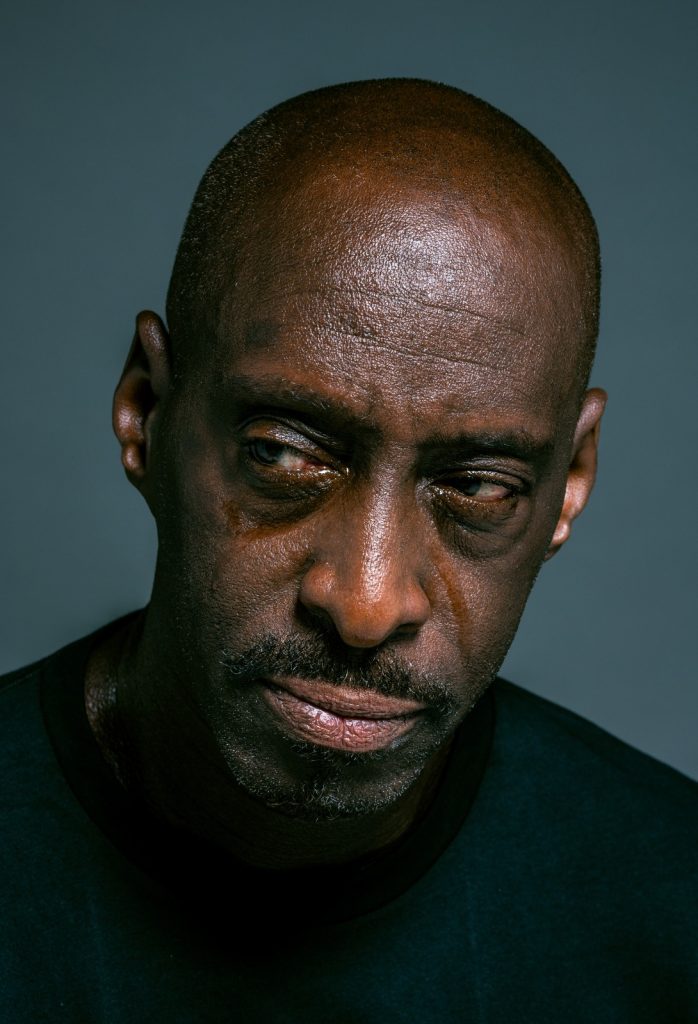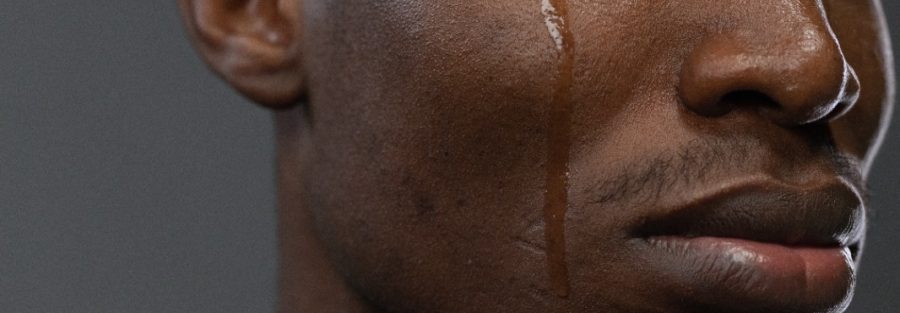Beyond destroying mascara, puffing up eyes, and the universal gloomy look, what purpose do our tears serve? First off, you should know that not all tears are the same. There’s the sudden eye irritation tears, they are not the same as the tears of the broken heart. In fact, we humans are lucky enough to have three different kinds of tears, basal, reflex, and emotional.
Basal tears are always there, they’re just to help and keep your eyeballs lubed up and protected so they don’t get all dry and crusty. Reflex tears are our defense against irritants. When something like tear-gas, smoke, dust, sand, or any other irritant get to your eye, reflex tears start flowing. They’re also your eye’s defense mechanism when you start chopping onions. Let’s explain this further. So sliced onions release sulfenic acids. They mingle with enzymes to create a sulfur compound that then can become gaseous. The gas turns into sulfuric acid when it comes in contact with your eyeballs. An acid in your eyeballs stimulates your sensory nerves in your eyes to tell your brain to send some hormones to the lacrimal glands in your eyelids, which flood your tear ducts and eyeballs with reflex tears to wash the burning away.

But, even more interesting, the third type, emotional tears. Many researchers maintain that humans are the only animal capable of producing this kind of tear, but others disagree, so the jury is out on whether we’re the only ones who cry when we’re sad.
But we definitely do. When we are sad, the emotional part of the brain is registering sadness and telling your endocrine system all about it, which then releases hormones that activate those tear glands, and the blubbering begins. The process is actually similar to the release of reflex tears, but these emotional tears actually have a different chemical content than the other tears, which are mostly just water. Several studies suggest that emotional tears are actually loaded with protein, specifically hormones like prolactin, which is associated with the creation of breast milk in pregnant women, but also stress hormones, as well as an endorphin that’s known to help relieve pain.
So this has some scientists thinking that crying is an effective way to help get rid of stress, because let’s face it, you usually do feel better, at least temporarily, after a good cry. Maybe that has something to do with the release of those extra stress hormones.
Another theory behind the purpose of humans’ emotional tears suggests that they act as a symbol to others that you are distressed. Yeah, you could say, hey, I’m really sad, but if you say it with an ugly cry face, anyone within range is going to be clear on your emotion.
Evolutionarily speaking, emotional crying is a good form of communication that may increase attachment, compassion, and empathy, and even tears of joy can act as poignant social signals that promote group bonding, something important to human survival and well -being.


